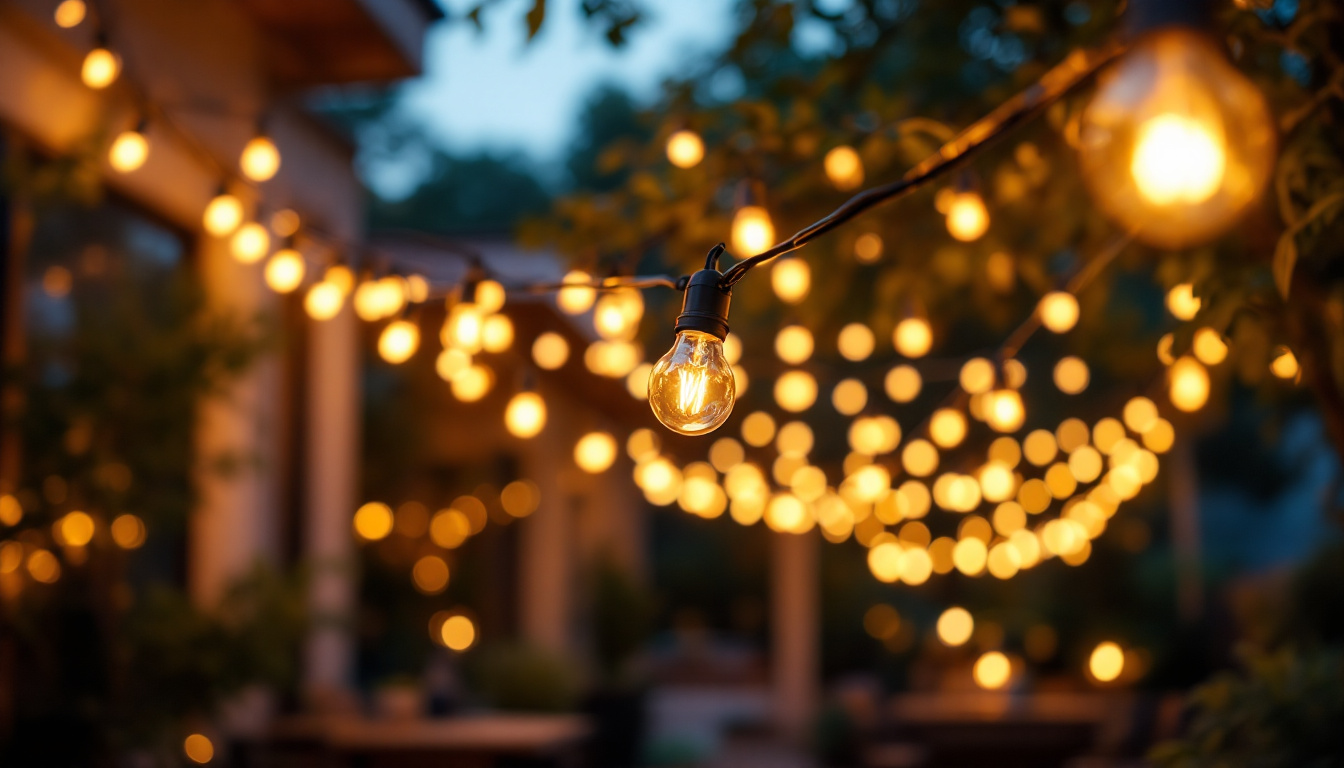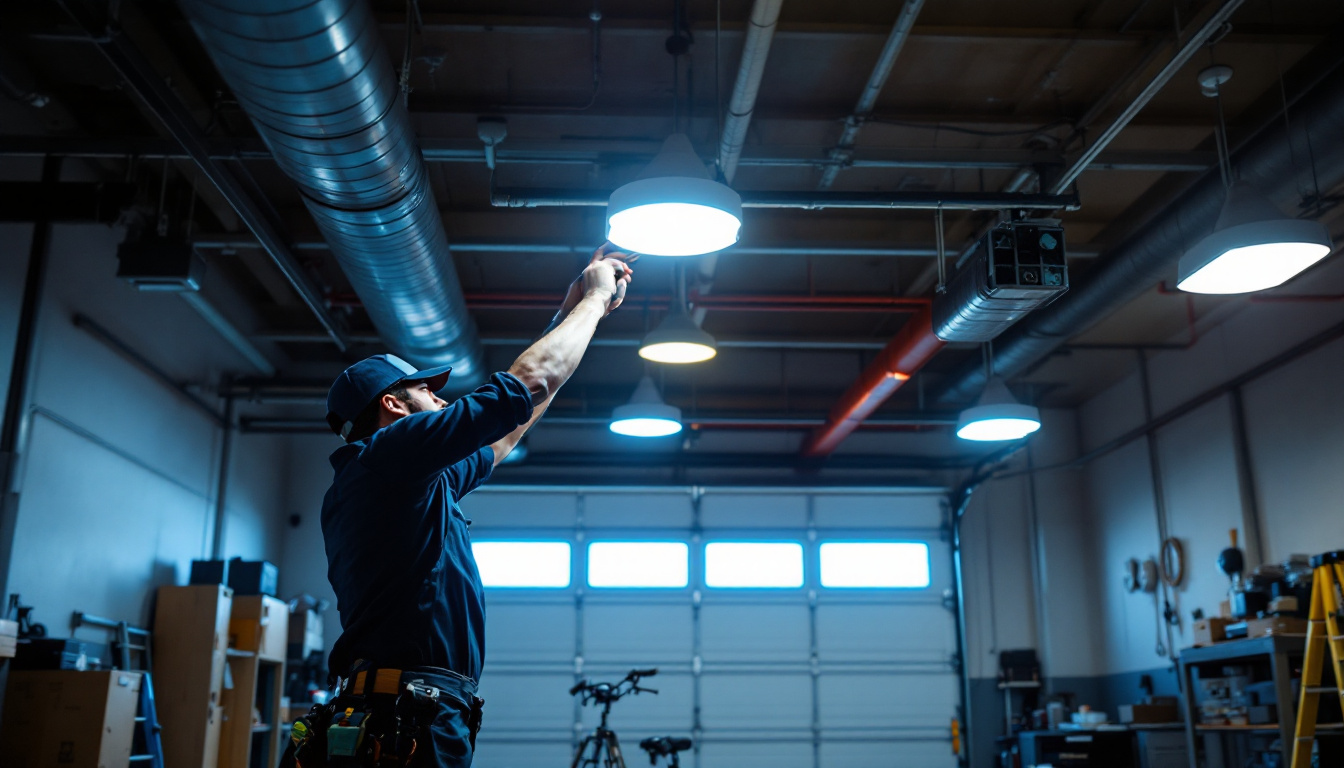
In the realm of modern interior design, lighting plays a pivotal role in enhancing aesthetics and functionality. Among the various lighting options available, LED lights have emerged as a popular choice, particularly for cabinet lighting. This guide aims to provide lighting contractors with essential insights into cabinet LED lights, covering their benefits, installation techniques, and design considerations.
Cabinet LED lights are specifically designed to illuminate cabinets, shelves, and other enclosed spaces. They offer a sleek and energy-efficient solution for both residential and commercial applications. As a lighting contractor, understanding the technical aspects and advantages of these lights can significantly enhance your service offerings.
There are several types of cabinet LED lights available, each catering to different needs and preferences. The most common types include:
Each type has its unique advantages, and selecting the right one depends on the specific application and design goals. For instance, LED strip lights are particularly popular in modern kitchens where a seamless look is desired, while puck lights are often favored in display cabinets to highlight specific items, such as collectibles or fine china.
LED lights offer numerous advantages over traditional lighting options, making them a preferred choice for cabinet illumination:
These benefits not only enhance the functionality of the cabinets but also contribute to a more sustainable and cost-effective lighting solution. Additionally, the versatility of LED lights allows for a variety of color temperatures, enabling homeowners to create the perfect ambiance. Warm white tones can evoke a cozy atmosphere in living spaces, while cooler tones can be utilized in workspaces to enhance focus and productivity. Furthermore, many LED systems now come with dimming capabilities, allowing users to adjust the brightness according to their needs, which is particularly useful in multi-functional areas.
Proper installation is crucial for maximizing the performance and aesthetic appeal of cabinet LED lights. Here are some essential techniques that lighting contractors should consider:
Before installation, it’s vital to plan the layout of the lighting. Consider the following:
A well-thought-out layout can significantly enhance the functionality and visual appeal of the cabinet lighting. Additionally, it’s beneficial to take into account the color temperature of the LED lights. Warmer tones can create a cozy atmosphere, while cooler tones may be more suitable for task-oriented spaces. This consideration can greatly influence the overall ambiance of the room, making it essential to choose the right temperature for the intended use of the cabinets.
The installation process can vary based on the type of LED lights being used. However, the following general steps apply:
By following these steps, contractors can ensure a professional and efficient installation process. It’s also advisable to document the installation process, including the locations of all fixtures and connections. This documentation can be invaluable for future maintenance or upgrades, allowing for a smoother process down the line. Furthermore, utilizing a circuit tester during the installation can help verify that all connections are functioning properly before finalizing the setup.
While installing cabinet LED lights, contractors may encounter several challenges. Here are some common issues and their solutions:
Addressing these challenges promptly can help maintain the integrity of the installation and ensure customer satisfaction. Additionally, it’s important to stay updated on the latest LED technology and installation techniques. As advancements in lighting technology continue to emerge, new products may offer improved efficiency or enhanced features, such as smart controls that allow users to adjust brightness and color from their smartphones. Incorporating these modern solutions can elevate the overall quality of the installation and meet the evolving needs of clients.
When designing cabinet lighting, several aesthetic and functional factors must be taken into account. Understanding these considerations can help lighting contractors deliver exceptional results.
Color temperature plays a significant role in the ambiance of a space. LED lights come in various color temperatures, typically measured in Kelvin (K). Here are some common options:
Choosing the right color temperature can enhance the overall design and functionality of the cabinets.
Cabinet lighting can be used strategically to highlight specific features or textures. Consider the following techniques:
By employing these techniques, contractors can create visually stunning cabinet lighting that enhances the overall design.
Like any lighting system, cabinet LED lights require regular maintenance to ensure optimal performance. Understanding maintenance practices can help contractors provide ongoing support to their clients.
Dust and debris can accumulate on LED lights over time, reducing their brightness and efficiency. Regular cleaning is essential:
Encouraging clients to maintain their cabinet lighting can prolong the lifespan of the fixtures and keep them looking their best.
Occasionally, issues may arise with cabinet LED lights. Here are some common problems and troubleshooting tips:
Providing clients with troubleshooting tips can enhance their experience and build trust in your services.
Cabinet LED lights offer a versatile and energy-efficient solution for illuminating cabinets and enclosed spaces. By understanding the various types, installation techniques, design considerations, and maintenance practices, lighting contractors can enhance their service offerings and deliver exceptional results.
As the demand for innovative and efficient lighting solutions continues to grow, staying informed about the latest trends and technologies in cabinet lighting will be essential for contractors. By leveraging the knowledge and insights provided in this guide, contractors can position themselves as experts in the field and meet the evolving needs of their clients.
Ultimately, the right cabinet LED lights not only enhance the functionality of a space but also contribute to its overall aesthetic appeal. With careful planning and execution, lighting contractors can create stunning environments that leave a lasting impression.
Ready to elevate your lighting installations with the finest cabinet LED lights on the market? Look no further than LumenWholesale, where we provide lighting contractors with exceptional, spec-grade products at unbeatable wholesale prices. Our commitment to quality and affordability means you can deliver outstanding results to your clients without compromise. Take advantage of our hassle-free bulk buying and free shipping to get the best value for your project needs. Discover the ideal blend of performance, cost-effectiveness, and convenience at LumenWholesale – Wholesale Lighting at the Best Value.

Discover the pivotal role Hi Lite Manufacturing plays in the lighting industry and why it’s a game-changer for contractors.

Explore how commercial string lights are transforming energy efficiency in modern spaces.

Discover how upgrading garage ceiling lights can drive business growth for lighting contractors.

Explore the pros and cons of dim switches versus alternative lighting solutions in this comprehensive guide for lighting contractors.